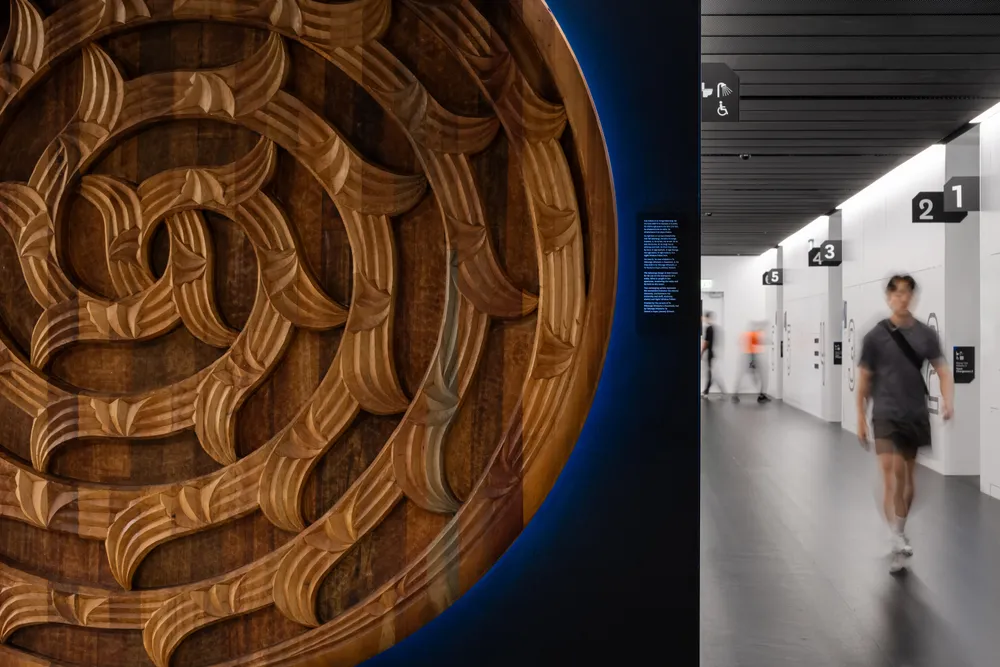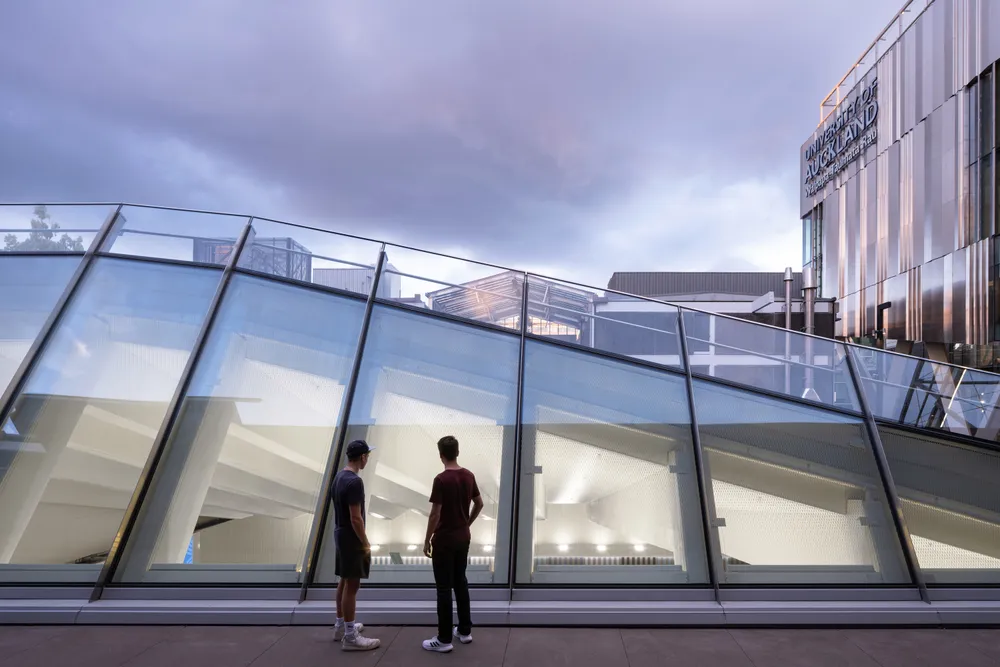NewsAwards
The University of Auckland’s Hiwa Recreation Centre achieves global excellence award at World Architecture Festival


Designed by Warren and Mahoney in collaboration with MJMA Toronto and Haumi for the University of Auckland, the award follows a string of accolades for the facility, including the Architecture Prize from the International Olympics Committee (IOC) and the International Association for Sports and Leisure Facilities (IAKS) and Supreme Award at the 2025 Property Council New Zealand Awards – and the fourth consecutive year that Warren and Mahoney has been awarded a global architecture award at WAF.
Occupying an entire city block, Hiwa serves the University’s 40,000 students, staff and alumni, and the wider community. Driven by evidence-based research linking recreation with academic success, the facility intended to transform the University of Auckland’s City Campus by creating a world-class facility that supports student wellbeing. At its core, the project responds to the University’s strategic goals of supporting student wellbeing, academic achievement, and fostering a strong, engaged student community.
The design response is a bold reimagining of what a campus recreation facility can be - not just a place for sport, but a dynamic vertical village for wellbeing, connection, and belonging. With rising isolation and anxiety amongst students in higher education, around 30 percent of Hiwa is devoted to non-performance social spaces.
World-class tertiary institutions are defined not only by academic excellence but also by the quality of the on-campus experience

“At the heart of the student precinct, Hiwa has been designed to foster lifelong social, physical, and mental wellbeing. It’s a tangible expression of the University's commitment to student wellbeing, central to a broader strategy aimed at fostering a connected and engaged campus community - an increasingly vital role in today’s digital and socially fragmented world.”
Research carried out by the University of Auckland’s Sport and Recreation team found a substantial increase in academic success among students accessing the University’s existing Recreation Centre - students who attended just once a week achieved 19% more A-grades than students who weren’t engaging with the facility.
This correlation was particularly strong for the University’s Māori and Pacific cohort, achieving a 24% and 44% increase respectively. Reinforcing these wider outcomes formed the core of the client brief for Hiwa.
“It is fantastic that Hiwa has been recognised internationally at the World Architecture Festival,” says Simon Neale, Chief Property Officer at the University of Auckland.
“This award acknowledges the quality of its design and the way the facility supports student wellbeing, clubs, sport, recreation and high-performance programmes. While Hiwa is a world-class recreation facility, it is also much more than that. The building is central to our student experience and is designed to be fully inclusive, supporting the success of everyone who uses it.”

Set across six vertical levels and 26,000sqm, the building delivers a world-class range of recreation and wellness spaces in an innovative vertical configuration. This includes a below-ground aquatic hall, squash courts, group fitness areas, weight and cardio facilities, dance and yoga studios, a rock-climbing wall, multi-purpose sports halls, a major show court with spectator seating, and rooftop turf and relaxation spaces.
These functions are seamlessly connected by a continuous vertical fitness circuit, comprising stairs and mezzanine and rooftop running tracks, ensuring activity and movement is on display. Complementing its active programs, Hiwa also provides dedicated social and relaxation spaces to encourage community interaction.
More than one million visits have been recorded in its first year of operation – an early signal that Hiwa is delivering on its intent.
